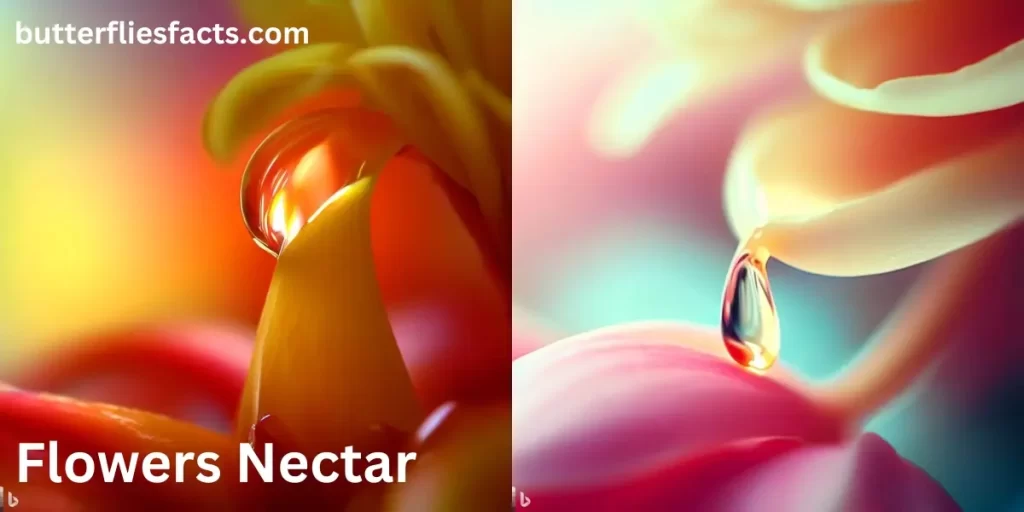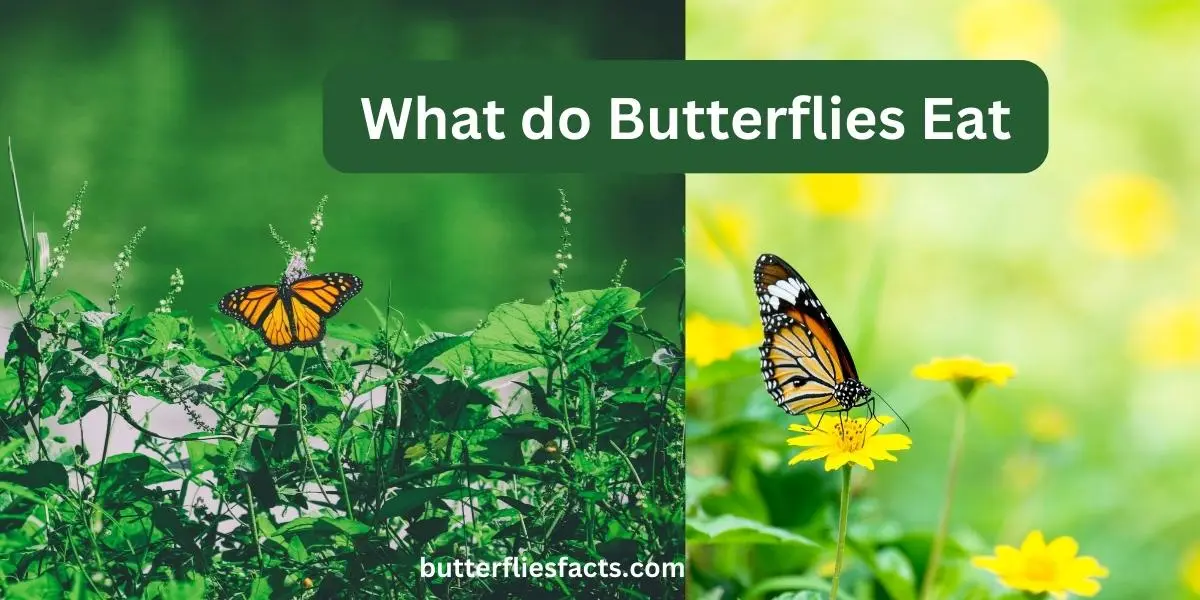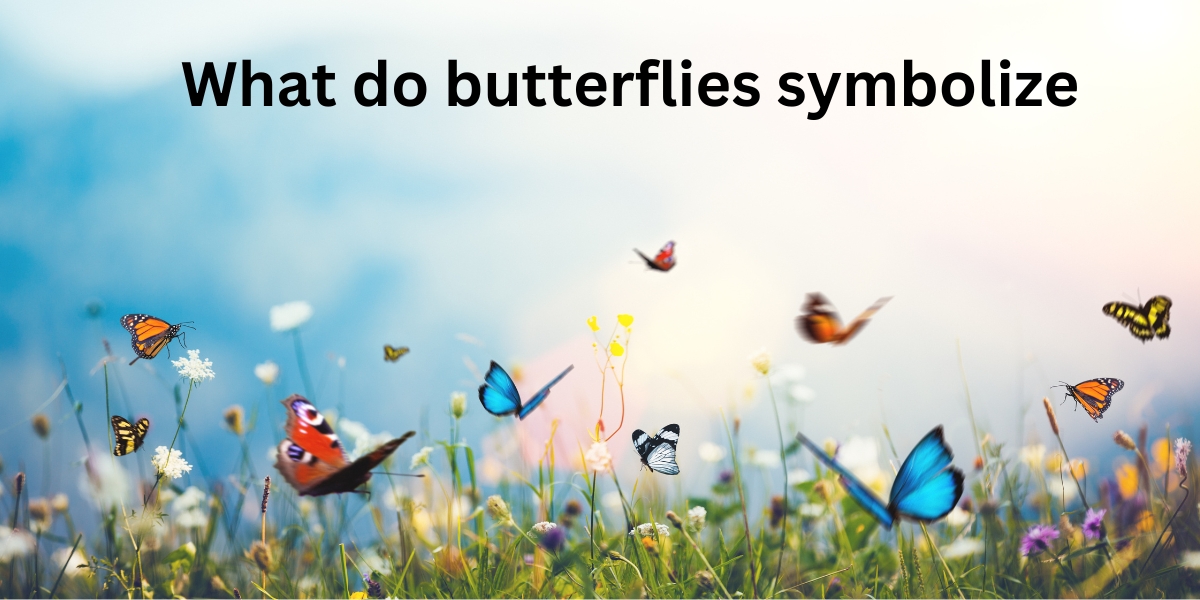What Do Butterflies Eat? Wonder Facts
To know what do butterflies eat, one must know how do butterflies eat. The living organism’s diet depends on the species ingestion type.
It should be noted that butterflies do not have teeth or other scrapping structures in the mouth. Although it’s tough to imagine butterflies are insects, their natural behaviour differs from common insects.
So how do the butterflies eat? Must be Wondering! Let me unfold the source of nutrition and ingestion system of the butterflies.
Proboscis is a straw-like structure that curls and uncurls to draw the liquids. The tubular duct extends and penetrates soft surfaces.

However, it looks like an elephant’s trunk, but functionally Proboscis has a distinctive function. Elephants’ trunk is mainly for breathing, and Proboscis are mouth part of the butterfly.
What do Butterflies Eat? Proboscis Diet
Since butterflies can’t ingest solids into the mouth, the only way to get nutrition is sucking through the Proboscis. Eventually, butterflies are not eaters but drinkers of “Nectar.”
What is Nectar?
Nectar is a sweet liquid present in flowers. The sweetness of the Nectar is due to the presence of Fructose, glucose, and sucrose Sugars with traces of protein.
The Nectar is a way to encourage pollination (transformation of pollen from flower to flower). Nectar attracts insects, including butterflies and honey bees. Ultimately, boost the pollination process and becomes a reward diet of insects for carrying out the pollen transfers.

How do butterflies extract Nectar?
Butterflies inject the straw-like Proboscis into the flower and suck the juice (Nectar). The Sugar in the Nectar is a source of energy for the butterflies to grow, reproduce and fly.
Although Proboscis can’t penetrate the hard surfaces, it can permeate deep down in the flower to reach Nectar. The Proboscis curls up and uncurls when the butterflies want to eat and lands on Nectar-carrying flowers.

Diet of Butterfly at Development Stages
Want to know a secret?
During the development stages, the butterflies undergo complete metamorphosis. In like manner, the source of nourishment at each level is distinctive from the previous stage.
Therefore, the butterflies lay eggs on the food plant or fruits, which becomes a source of sustenance. Interestingly, the larvae are considered a pest on domestic crops, damaging the yield.
You must wonder if butterflies’ larva eats, unlike the adult butterfly.
Unlike butterflies, larvae, caterpillars, and pupas eat differently and have a unique source of nourishment relevant to their mouthparts.
Butterfly Eggs
The egg yolk in the butterflies’ eggs is a source of nourishment for the larvae to hatch and become a caterpillar.
Butterfly Larvae- Caterpillar
The butterfly’s Caterpillar is like a worm and has scrapping mouthparts. The only job of the Caterpillar is to eat all day long. At this time, caterpillars have prominent and efficient mouthparts. The mouth parts of the caterpillars mainly consist of 3 parts that are;
- Labarum (Anterior Flap)
- Mandibles (Pair of Chewing Jaws)
- Labium (1st Maxillae and 2nd Maxillae)
At this stage, the butterfly caterpillar can eat 1-2 leaves. Moreover, the Caterpillar can also eat plant parts, honeycomb, bark twigs, and even fur.
Although the butterfly caterpillars are herbivores but also have preferences as general feeders and specialist feeders, the specialist feeders are like monarch caterpillars that feed on milkweed plants. A few kinds are omnivores and feed on animals, bird carcasses, etc.
Butterfly Pupa Stage
The pupa stage is almost a dormant stage of the butterflies growth cycle. At this stage, it stops eating and consumes the food ingested as a caterpillar.
Interestingly at this stage, the caterpillar cells are consumed as a source of energy and deteriorate the legs and other parts of the Caterpillar.
Quick Overview
| Stages | Mouthparts | Source of nourishment |
| Egg | No mouthpart | Egg yolk |
| Larvae (Caterpillar) | Labium | Leaves, fruits, plant parts |
| Pupa | No mouth part | Caterpillar soup |
Butterfly Nutrition System
As discussed earlier, the tiny symbol of beauty insects, butterflies, feed on Nectar extracted from flowers. With Proboscis, it sucks the juice-like sweet liquid from flowers. However, the butterflies do not sit on any flower, but butterflies have some preferences.
Butterflies Favourite Nectar Producing Flower
Just like each fruit tastes differently, the NectarNectar of each flower is also unique in flavor. However, sweetness is a common trait that most butterflies like in Nectar.
Some of the butterfly’s favourites are;
Most flowers liked by butterflies are either Nectar producing and have vibrant colors that attract the butterflies. So, if you want to find out what flowers do butterflies eat? Check out the list below.
Butterflies with Favoured Nectar Plants
| BUTTERFLY SPECIES | FAVORED NECTAR PLANTS |
|---|---|
| Anise Swallowtail | columbine, Hall’s lomatium, leichtlin’s camas, New England Aster, lantana |
| Eastern Black Swallowtail | Blue Mistflower, Milkweed, phlox |
| Giant Swallowtail | lantana, orange, Pale Purple Coneflower, Purple Coneflower |
| Pipevine Swallowtail | azalea, Common Buttonbush, honeysuckle, orchid, Mexican Sunflower (Tithonia) |
| Spicebush Swallowtail. | Joe-Pye Weed, Sweet Joe Pye Weed, jewelweed, lantana, honeysuckle, Mexican Sunflower (Tithonia) |
| Eastern Tiger Swallowtail | Bee Balm (Monarda), Common Buttonbush, honeysuckle, sunflower, Mexican Sunflower (Tithonia) |
| Zebra Swallowtail | Milkweed, Joe-Pye Weed, Sweet Joe Pye Weed, red clover, Zinnia, Cosmos sulphureus, lantana, pentas, daisy |
| Monarch | Milkweed, New England Aster, red clover, Zinnia, Cosmos sulphureus, lantana, pentas, daisy, Mexican Sunflower (Tithonia) |
| Viceroy | Milkweed, New England Aster, red clover, Zinnia, Cosmos sulphureus, lantana, pentas, daisy, rotting fruit |
| Red-Spotted Purple | rotting fruit, dung, Purple Coneflower, small white flowers such as a white buddleia |
| Great Spangled Fritillary | Milkweed, New England Aster, red clover, Zinnia, Cosmos sulphureus, lantana, pentas, daisy |
| Variegated Fritillary | Joe Pye Weed, hibiscus, red clover, Milkweeds, composite family |
| Meadow Fritillary | dandelion, daisy, black-eyed susans, Purple Coneflower |
| Mourning Cloak | rotting fruit, dung, New Jersey Tea, lilac |
| Question Mark | rotting fruit, dung, New England Aster, sweet pepperbush |
| Green Comma | dung, carrion, rotting fruit, puddles |
| Red Admiral | Cosmos sulphureus, rotting fruit, gaillardia, Butterfly Milkweed |
| Painted Lady | Lance-Leaf Coreopsis, buckwheat, red clover, lantana, Giant Ironweed |
| American Painted Lady | burdock, daisy, everlastings, mallows, Malva sylvestris, yarrow, Zinnia, heliotrope |
| Buckeye | Gaillardia, lantana, Cosmos sulphureus, clovers |
| Baltimore Checkerspot | Lobelia, Coneflower, Gaillardia |
| Pearl Crescent | Zinnia, daisies, clovers, Showy Goldenrod |
| Great Purple Hairstreak | daisy, Purple Coneflower, Pale Purple Coneflower, clovers |
| American Copper | daisy, dandelion, clovers, Milkweed |
| Tailed Blue | daisy, dandelion, clovers, Milkweed |
| Spring Azure | coltsfoot, daisy, Milkweed, Coreopsis, privet, New Jersey Tea |
| Cloudless Sulphur | hibiscus, cassia, pentas, bougainvillea, Cardinal Flower |
| Clouded Sulphur | clovers, dandelion, phlox, Milkweed |
| Orange Sulphur | clovers, dandelion, Parsley, Zinnia, composite family |
| Dogface | clovers, Coreopsis, Thistle, Verbena |
| Checkered White | dandelion, Gaillardia, Purple Coneflower |
| Cabbage White | mustards, Asters, dandelions, clover, Blazing Star, mint |
| Zebra Longwing | hibiscus, pentas, lantana, Mistflower |
| Gulf Fritillary | hibiscus, Common Buttonbush, pentas, lantana |
| Malachite | rotting fruit, dung, mud |
How Much Do Butterflies Eat a Day?
More than 50% of the time, butterflies find food, i.e., Nectar. The more they fly more energy they need which ultimately comes from Nectar-The energy source.
There is no fixed number of feeds as it depends on the feed’s amount of nectar and sugar level. However, it can survive a few days without getting food but flying all day long needs sufficient energy.

What Do Butterflies Drink
Beside Nectar from the plants, butterflies also need water for hydration. Flying all day long causes dehydration. Eventually, butterflies fly over water bodies such as canals, lakes, fountains, and water dispensers.
The butterflies drink water for hydration and consume essential salts in puddles and fresh water.
Nectar Alternative Diet for Butterflies
Butterflies do not need all nutrients. Instead, Sugar is enough for the butterflies to carry out energy-consuming tasks.
However, to sustain their genes and reproduce offspring, they need some salts, amino acids, and nitrogen. Here are some conditions that necessitate the non-nectar feeds or alternatives of natural Nectar.
What do male butterflies Eat?
At mating time, male butterflies pass the sperms with essential nutrients to the female butterflies’ reproductive organs. The supporting package of sperm contains salts and other nutrients that a butterfly needs to fertilize her eggs.
Consequently, it paces up the egg development and is ready to be laid on a selective and food-loaded plant. Ultimately, the nourishment habits of female and male butterflies are different.
That’s what you’re thinking, right?
Have you seen male butterflies around the muddy puddles or near the dung sites? Yes, you got my point. Some plants and puddle clubs are of no interest to female butterflies, yet male butterflies, right before mating, do visit such places. The reason is apparent that’s gathering enough nutrients to retain their progeny.
You must be wondering that do butterflies eat insects. The answer is not direct, but it often feeds on dead bodies. To attain the essential nutrient for fertilization.
Organic Nectar Substitute for Butterfly farming
Butterfly farming is a profitable business. Moreover, having butterflies in your garden or field improves the rate of pollination. Therefore, artificially setting an environment for butterflies to get balanced nutrients and reproduce successfully is essential to the business.
Here are some practical alternatives of natural Nectar, certainly more yielding than organic Nectar.
1-DIY Nectar
Instinctly butterflies uncoil the Proboscis to suck the liquid NectarNectar from flowers or sap from the stems. But with some DIY using a sponge, honey, or sugar syrups, it can be made artificially.
Do butterflies eat honey?
The answer is “Yes.”
You can soak sponge pads in the honey and water mixture in appropriate ratios. Settle the sponge in a butterfly feeder with an optimum temperature of 70 F.
2-Fruit Juices
Although butterflies have their preferences, generally, they are not very picky eaters. Instead, the butterflies also feed on other sugary treats, such as rotten fruits.
What fruit do butterflies eat?
Butterflies do not directly eat fruits, but once the fruits are rotten, it becomes feasible for butterflies to extract the juices with a straw-like Proboscis. So keeping the rotten fruits in the farm or yard increases the chances of butterflies feeding more often.
Wrapping Up What Do Butterflies Eat?
Concluding all facts given above, butterflies mainly depend on flower nectar as their staple food. Due to the absence of chewing or biting mouthparts, it can only intake a liquid diet from Proboscis.
However, male butterflies depend on other sources for mating purposes. Rotten fruits and DIY honey/Sugar syrups are also fed to thriving butterflies.
If you plan to settle on a butterfly farm, you must also visit other blogs to gather interesting information about butterflies. Nevertheless, butterflies are an effective agent for pollen transfer and play a vital role in plant fertilization. You may also create an attractive environment in the garden or field to boost pollination.



